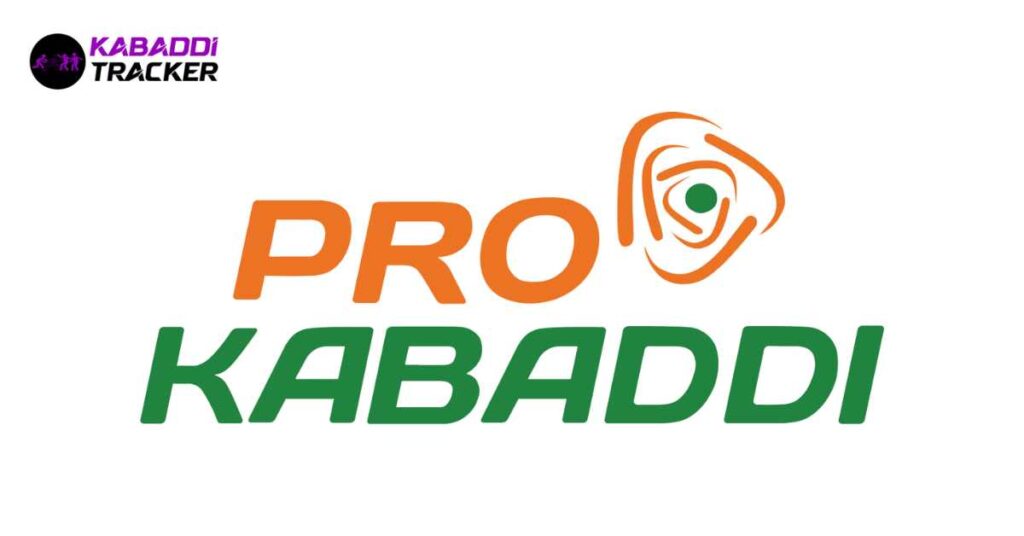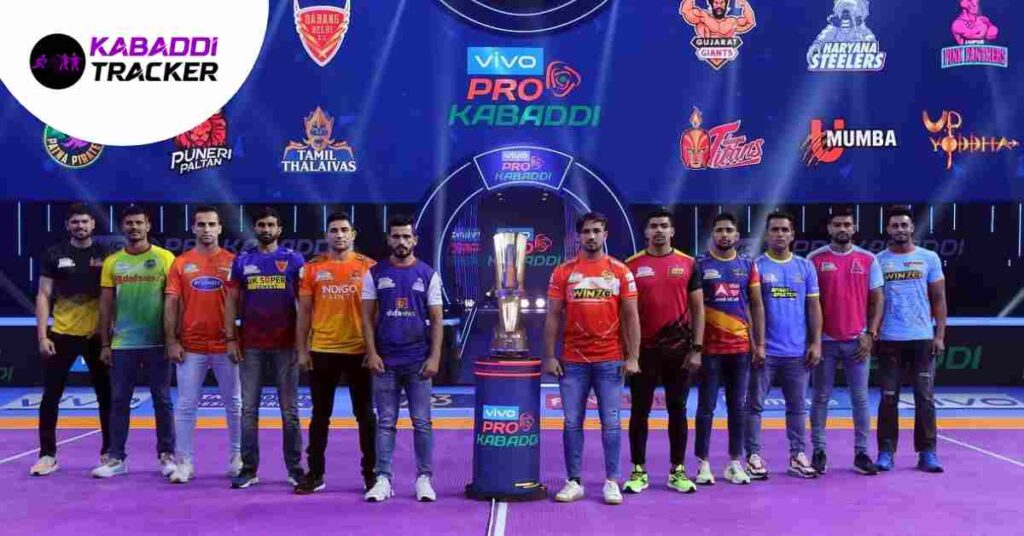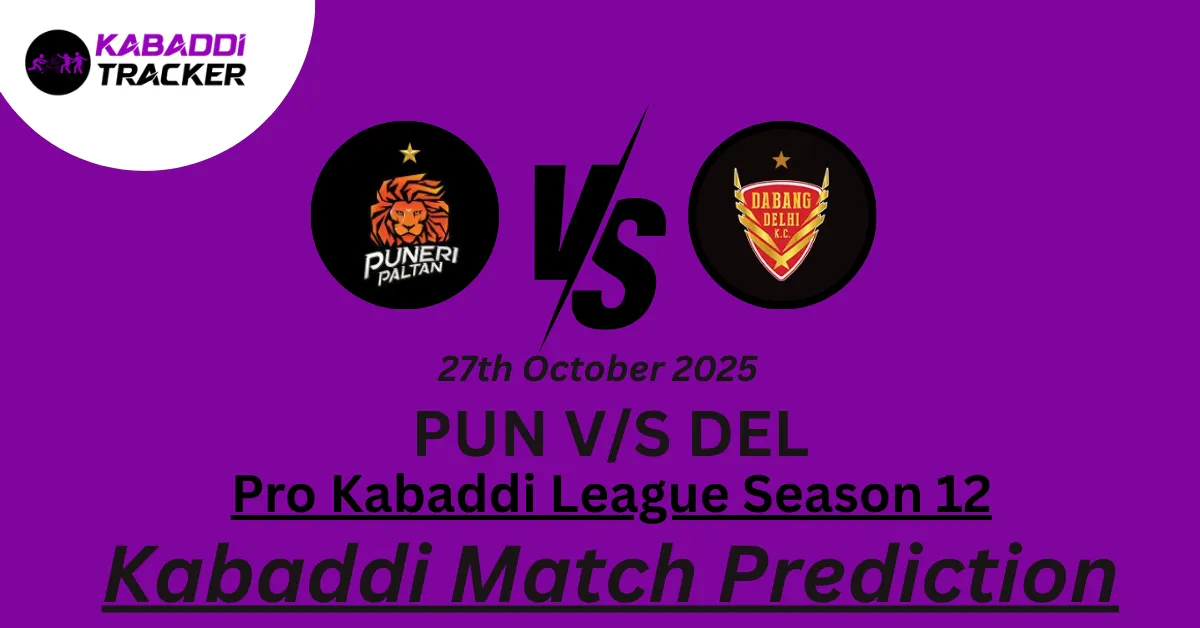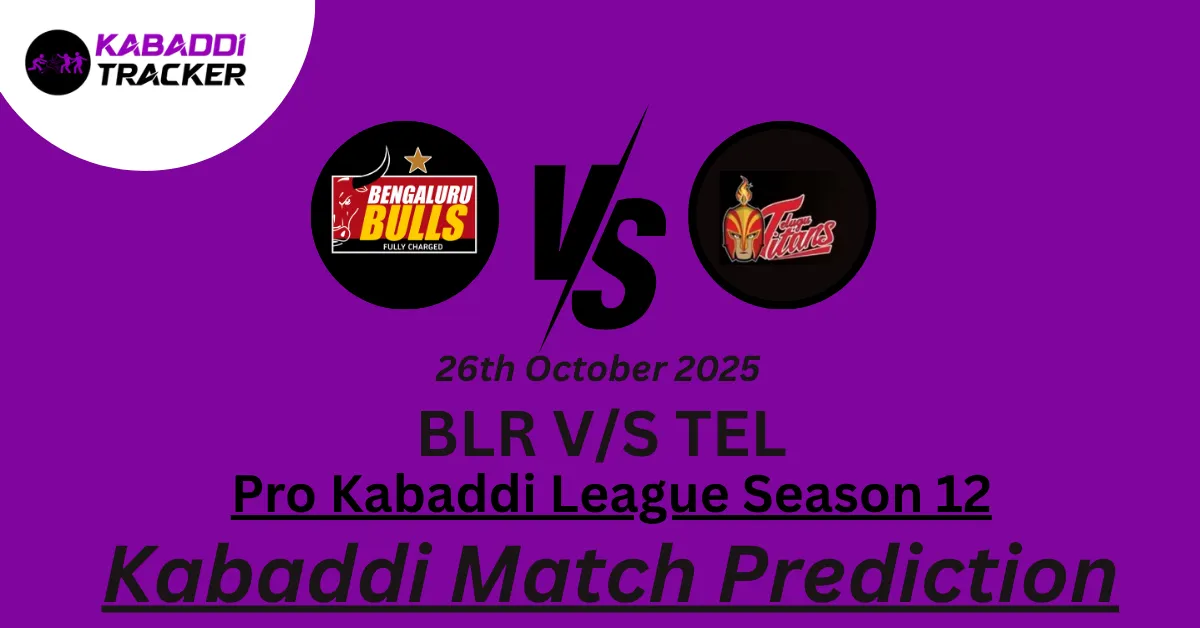The resurgent wave of interest in Kabaddi, an ancient Indian sport steeped in tradition and physical prowess, has given rise to various leagues aimed at revitalizing its popularity. Two prominent players in this resurgence are the Pro Kabaddi League (PKL) and the Karnataka Kabaddi League (KKL).
These leagues have not only brought Kabaddi to the forefront of modern sports culture but have also paved the way for local and international players to showcase their skills on a grand stage.
This article embarks on a detailed journey to explore the differences that set PKL and KKL apart, while also delving into the intricacies of their respective popularity and the factors that contribute to their standing in the world of sports.
The Pro Kabaddi League (PKL)

Launched in 2014, the Pro Kabaddi League (PKL) was a watershed moment for Kabaddi’s transition from rural playgrounds to urban stadiums and television screens across India. The league introduced a franchise-based model, mirroring the successful blueprint of the Indian Premier League (IPL) in cricket.
PKL’s format was designed to harness the potential of Kabaddi as a spectator sport, merging traditional tactics with modern entertainment elements.
A defining aspect of PKL’s allure is its inclusion of international players. This strategic move not only broadened the talent pool but also amplified the league’s global appeal. Players from Kabaddi-strong nations such as Iran, South Korea, and Bangladesh shared the stage with Indian stalwarts, creating a melting pot of diverse skills and styles.
The auction system for player selection, akin to IPL, garnered attention and fueled discussions, infusing a sense of competition even before the matches began.
Also Read – What is the actual measurement of the Kabaddi court for both men and women
PKL’s season structure, featuring multiple teams from different cities, culminates in playoffs and a thrilling grand finale. This extended format maintains viewer engagement throughout the season, much like traditional sports leagues.
Additionally, PKL’s infusion of modern sports presentation elements like vibrant anthems, cheerleaders, and celebrity endorsements bridges the gap between the traditional and contemporary, making it an attractive proposition for a younger, urban audience.
The Karnataka Kabaddi League (KKL)

Launched in 2014, the Karnataka Kabaddi League (KKL) is a unique regional league that remains deeply rooted in the cultural fabric of its home state. Unlike PKL’s nationwide scope, KKL is specific to Karnataka, focusing on nurturing local Kabaddi talent and preserving the regional essence of the sport.
KKL’s approach is akin to a celebration of Kabaddi’s heritage and traditional roots, taking the sport back to its origins in a world dominated by modern sports leagues.
KKL’s player composition predominantly consists of local talent from Karnataka. This creates an intimate connection between the players and the audience, as they share a common regional identity. Unlike PKL’s cosmopolitan mix of players, KKL embraces its localized flavor, thus fostering a more relatable experience for the spectators.
The league serves as a platform for the state’s emerging talent to shine, which resonates deeply with the local community.
Comparing PKL and KKL

1. Geographic Scope and Reach: PKL’s nationwide presence ensures a wider reach compared to KKL, which is confined to Karnataka. PKL taps into the collective consciousness of the nation, while KKL thrives on regional pride and identity.
2. Player Diversity and Global Appeal: PKL’s inclusion of international players elevates its global appeal, attracting audiences beyond Indian borders. In contrast, KKL’s local player focus creates a stronger regional bond but might limit its international reach.
3. Entertainment and Modern Presentation: PKL’s incorporation of modern sports presentation techniques significantly enhances its entertainment factor. The league’s visual appeal and high-energy ambiance contribute to its popularity, especially among urban audiences. KKL, while more traditional, relies on the game itself to engage viewers.
Also Read – What are some kabaddi techniques or tips for raiding
4. Commercial Aspects: PKL’s extensive commercial partnerships, lucrative sponsorships, and broadcasting rights contribute to its financial success. KKL, as a regional league, might have a more modest financial model but could potentially attract businesses with a focus on the Karnataka market.
5. Cultural Significance: KKL’s connection to Karnataka’s culture evokes a sense of pride and identity among local fans. PKL, while embodying Kabaddi’s universal appeal, might lack the same cultural resonance within specific regions.
Popularity and Influential Factors
Determining the more popular league between PKL and KKL involves an analysis of various factors:
- Geographic Reach and Viewership: PKL’s national and international presence gives it a broader fan base and higher viewership. The league’s ability to connect with diverse audiences enhances its popularity.
- Media Exposure and Presentation: PKL’s slick presentation, celebrity endorsements, and extensive media coverage contribute to its widespread popularity. The league leverages modern marketing strategies effectively to engage viewers.
- Inclusivity and Player Diversity: PKL’s inclusion of international players creates a dynamic mix of talent, drawing Kabaddi enthusiasts from around the world. This broadens the league’s appeal significantly.
- Cultural Connection and Regional Bond: KKL’s strong cultural connection to Karnataka resonates deeply with local fans, fostering loyalty and emotional investment. This unique bond enhances KKL’s popularity within the state.
- Local vs. National Appeal: While KKL’s localized approach garners strong support within Karnataka, PKL’s national and international presence gives it a more extensive overall reach.
In the ongoing narrative of Kabaddi’s resurgence, the Pro Kabaddi League (PKL) and the Karnataka Kabaddi League (KKL) emerge as two distinct yet essential chapters.
PKL, with its cosmopolitan composition, modern presentation, and global appeal, has propelled Kabaddi onto the world stage and captured the attention of diverse audiences.
KKL, on the other hand, celebrates the sport’s heritage and regional identity, resonating deeply with local fans in Karnataka.
Determining which league is more popular becomes a subjective endeavor influenced by factors such as personal preferences, regional affiliations, and the audience’s exposure to different leagues.
PKL’s widespread presence and international allure, coupled with its dynamic presentation, have earned it a significant share of the limelight. Simultaneously, KKL’s focus on nurturing local talent and preserving the essence of Kabaddi within Karnataka has endeared it to the hearts of its people.
In the grand tapestry of Kabaddi’s renaissance, both PKL and KKL have illuminated the potential of the sport, showcasing its ability to blend tradition and modernity. These leagues stand as testaments to Kabaddi’s capacity to transcend boundaries and capture the imagination of audiences, whether through the dazzle of modern entertainment or the embrace of cultural heritage.
As Kabaddi continues to evolve, both PKL and KKL remain pivotal in weaving the rich narrative of this ancient sport’s contemporary journey.



